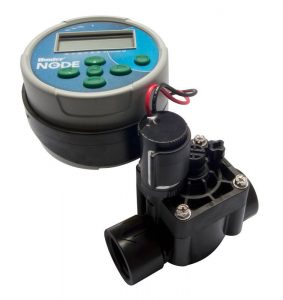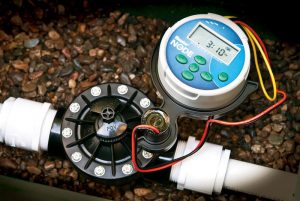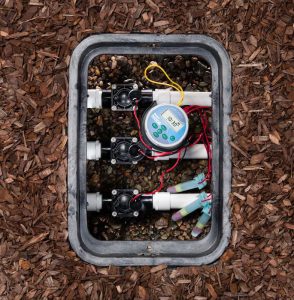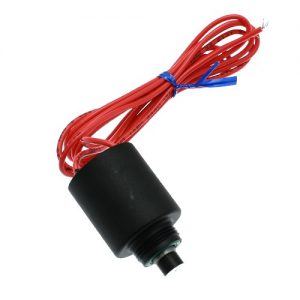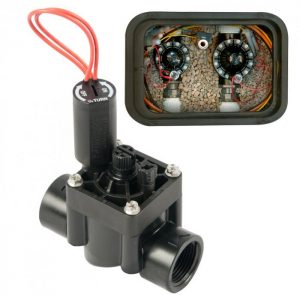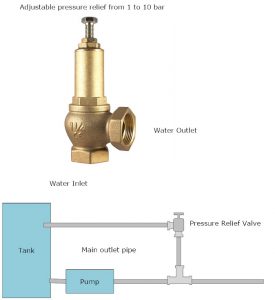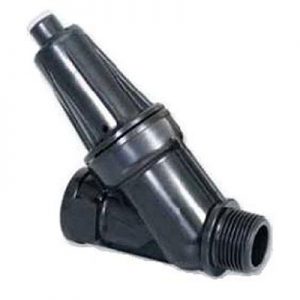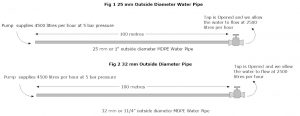What is a Hunter Node
The Hunter Node was first introduced by Hunter Industries in 2012. The Hunter Node is a 9 volt battery power control unit that can be used to operate any size Hunter Valves using a 9 volt dc latching solenoid The Hunter Node is available as 2 options. A Hunter Node 100 which comes with the Hunter solenoid valve and the Hunter 400 which can control up to 4 valves however the valves have to be purchased as a separate item.
When Would you Use A Hunter Node
In most situations we would suggest that you use the industry standard 24 volt ac valves with a mains powered control unit. These are by far the cheapest and most reliable method of controlling your irrigation system. However there are occasions when this is not possible. As an example a remote location on a gold course or garden or sometimes the inconvenience that is associated with installing a low voltage lead to a valve box after landscaping has been complete. In these situations the Hunter Node is ideal. The valve is installed in to the line that needs to be controlled and after a few key clicks it is ready to run.
What Is The Difference Between The Hunter Node 100 and 400
The Hunter Node 100 comes complete with the solenoid valve. This is pre wired and pre fitted ready to thread in to any Hunter Solenoid valve.
The valve once installed is compact and very easy to operate
The Hunter Node 400 is used to control any number of valves up to 4. The 400 is just the control unit and to this you would need to add the valves with the dc solenoids. The example below is operating three of the Hunter 1″ BSP valves
In Order for the above to operate you would have to purchase in addtion to the control unit
Three Dc Latching Solenoids and three valve bodies


